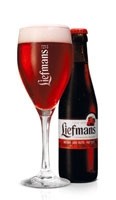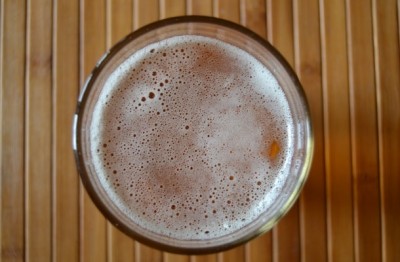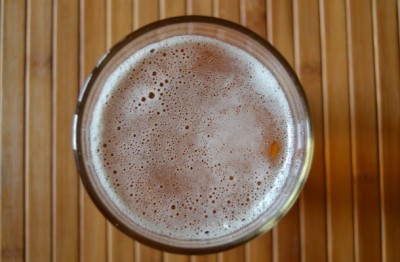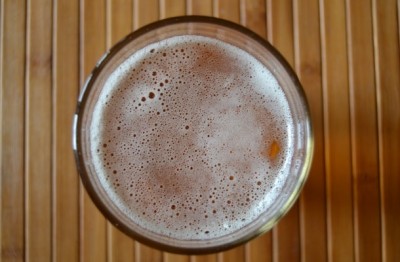Alcoholic drinks: Beer trends and innovations
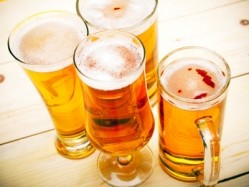
CGA data suggests that beer sales continued to suffer from the decline in midweek and habitual drinking last year, with volumes down 6.5 per cent and value down 1.3 per cent in the 12 months to 25 January 2014.
However, there are some green shoots in the sector – with premium products such as craft beers and worldwide lagers showing good growth. There has also been plenty of innovation – with fruit and spirit-based beers entering the market alongside the plethora speciality craft beers and ales.
Craft beer
According to CGA data, sales of craft beer continue to buck the overall trend for the beer segment, with volumes up 62 per cent, compared to a 6.5 per cent volume decline in total beer volumes.
Of course that growth has come from a low base – craft still represents less than 2 per cent of total beer volume sales – but it is likely to accelerate as mainstream operators jump on the craft bandwagon.
“At the moment craft sales represent a small but growing market sector. As the 'big boys' get on board with this - we have seen numerous large national breweries adopt the 'craft' tag and set up smaller experimental breweries in house - then the marketing will grow and the scene will grow further,” explains Jennifer Nicholls of Palate4Hire, who was formerly head brewer at Northcote Brewery.
The nature of craft beer – which is experimental and small-scale – means that it is hard to pinpoint trends within the segment.
“Because it is such a niche category people are picking what is different, so no one brand has gained massive traction across many thousands of outlets,” explains Phil Tate, chief operating officer at CGA Strategy. “If it did, by its definition it would no longer be craft in the eyes of the discerning and fickle customer that is attracted to that category.”
However, he adds that for now American brands still have the edge in the popularity stakes, despite the rapid growth of UK-based craft micro-breweries. This has been driven in part by new keg technology which has made it easier for Americans to send beers over on draught.
“We are not just seeing that the major bottled products are doing well, but we are also seeing that some of the kegs doing well, with things like Brooklyn lager being sold on draught,” Tate explains.
Worldwide and speciality lagers
Another growing segment in the beer category is worldwide and speciality lagers, with sales up 5 per cent year-on-year.
Tate says that in contrast to the craft sector – which attracts people who want a more ‘challenging’ drink – worldwide lagers are favoured by people looking for a something a bit lighter on the palate.
“The so-called ‘sunshine beers’ are benefitting,” he explains. “It is the beers that remind you of the holidays - the brands from Italy, South America and Spain - that are doing really well.”
Fruit beers
Fruit beers are also starting to grow in popularity as punters look for a more refreshing, lower alcohol beverage, with both mainstream brewers and craft brewers introducing citrus and berry flavoured beers.
At the moment, beer remains behind cider in the flavour stakes, but Tate says that there is potential for growth based on the fact that they tap into the lower ABV market, which has already established itself as a core category in countries such as Germany. “A lot of these products are scoring really well in terms of consumer taste tests on pure flavour profiles, but they are also lower ABV so it works on a unit responsibility perspective for the operators and the brewers,” he explains.
Nicholls says that fruit beers are also benefitting from the growing popularity of sour, or lambic beers. “A lot of traditional fruit beers, such as Kriek, are fruited sours, this style has grown in popularity lots, and even larger regional breweries are releasing sour styles,” she explains. “The fruited sour is a more approachable alternative to those who haven't tried these styles before.”
Spirit beers
Another innovation in the flavour category is spirit beers, or ‘speers’, with products such as Heineken’s Desperados gaining traction in the late-night market.
“Sales of spirit based beers in the late-night occasion is double that of premium packaged lager (PPL),” says Tate.
He explains that the trend is being driven by a new generation of male drinkers, who are going onto spirits much earlier in the night.
“The traditional stereotype man would stay on beer until 11pm and then go on spirits, but now 60 per cent of males go onto spirits at around 9pm,” he explains. “Spirit-based beers are a good way of prolonging the beer occasion. It is almost a bridging category between the two.”
There has also been some experimentation with beer cocktails at the craft-end of the scale, and Nicholls predicts that we will see more in the not too distant future. “I think this trend will be growing more over the next few years, we have already seen many beers aged in spirit barrels, so this is a natural progression,” she explains.


